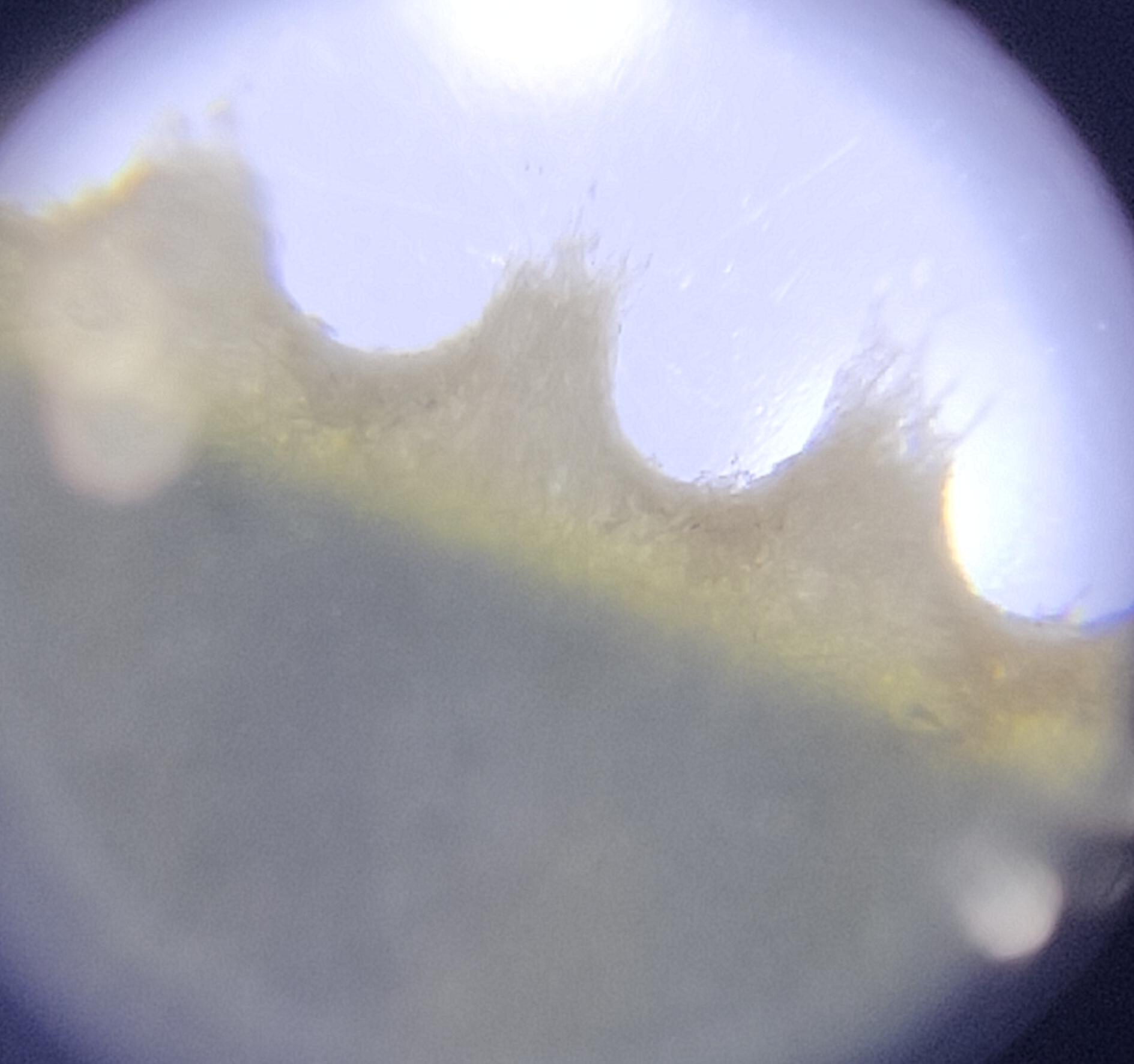Einar Holboll's Danish Christmas
Christmas falls on 25th December worldwide but the spirit of giving spans almost the entire month, and perhaps even longer in some parts of the world as I was told. Christmas, as popularized by mainstream media, plays out with snow falling, jingling bells, a warm fireplace, and wrapped presents under a decorated tree - the good kind of Christmas in family movies. Relatives and close friends that are far away are reached through mails and postcards sent throughout the season. And as stamps were affixed onto mailed letters and postcards, a Danish postal clerk, Einar Holbøll, thought it would be better to incorporate additional stamps to raise fund for charity.
 |
| Einar Holbøll; portrait obtained from Seal Society |
Holbøll worked as a clerk at the post office. He had long been interested in philanthropic work and thought to himself, "If we could only catch people while they are in this holiday mood and filled with kind sentiments, I am sure that they would buy a charity stamp to be put on every Christmas card and letter. What a lot of money could be made to help the sick and needy children!"[1].
The idea of charity stamps on Christmas was proposed in the summer of 1904, and a Christmas Seal Committee was formed. That same year, the world's first Christmas seal was sold. The first Christmas seal had a portrait of Queen Louise after the commission was granted permission by King Christian the Ninth. With the great success of selling these Christmas seals, a tuberculosis sanitarium was opened at Kolding Fjord.
7,500 km away, in Delaware, USA, a Danish-born American writer wrote about the story of the Danish Christmas seal. Jacob Rilis' story was published in 1907 and was quickly noticed by Emily P. Bisell, the editorial staff of the magazine. Greatly impressed, the question, "Why not try the Christmas seal device in Delaware?" rose. In the same year America sold the first batch of Christmas seals.
 |
| Emily P. Bisell, c. 1933; photograph obtained from Seal Society |
Wishing every a Merry Christmas! Celebrate and bond but most importantly, stay safe! We are all hit with COVID-19, keeping our loved ones safe is of utmost priority.
References:
1. Christensen, C. (1968) The First Christmas Seal. Childhood Education 45(5), p. 212.




Comments
Post a Comment